I’m done. I can’t take it anymore — my brain melts at the sheer variety of headphones, specifically the names given to them. Confusing product line naming, annoying product titles that consist of little more than numbers, letters, and dashes — It’s all just a bit too much.
Perhaps I’m not as clever as I once thought. But still, there should be some thought that goes into how headphones are named, to make it easier to decode for people like me. And maybe you.
What’s ‘professional’ about my earbuds? Why is this new pair of earbuds named the same as a product from a few years ago that’s still on sale? If you’re pulling your hair out at just how confusing the world of headphones can be right now, you’re not alone. And if I struggle? I can only imagine what it’s like for someone who doesn’t literally live headphones.
Here's a look at a few of the top headphone makers and their baffling naming conventions.
Sony
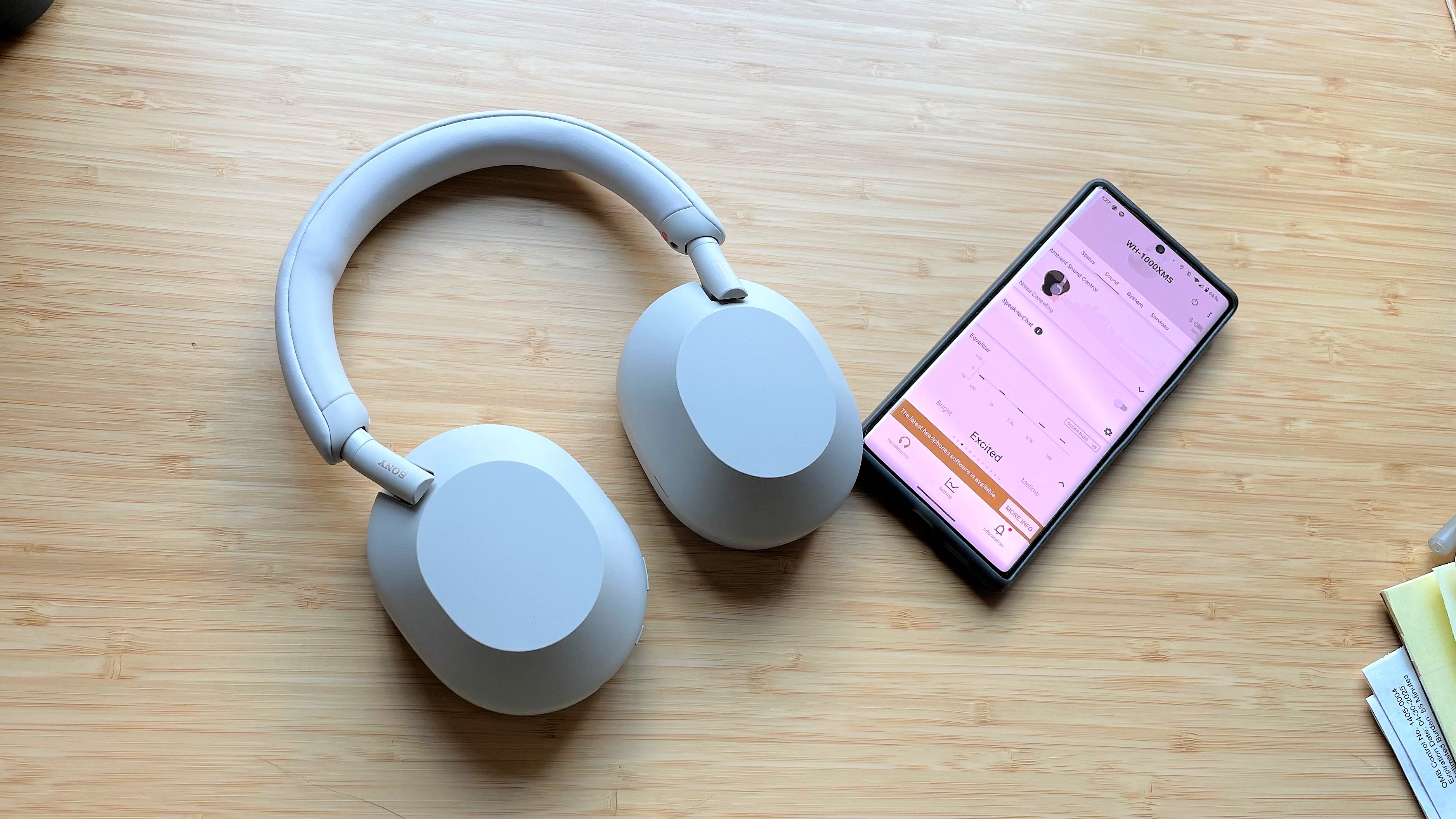
Sony is the first culprit on my list. I get that the XM series headphones are the best wireless headphones you make, but why is there only a letter difference between the headphones and the earbuds? And what's with all the other numbers?
The WF and the WH. The former are earbuds, the latter headphones. Ah, great, that works with some of the cheaper models as well — the WF-C710N. But unless I’m in the know, how am I supposed to know that they’re not as good as the WF-1000XM5? I guess the price would give it away, but if I were going by name, I wouldn’t know.
But wait, it gets worse! Linkbuds — without press releases and people like me writing about them at length, how would you know where they sit in the Sony product line? At least they’re named better than before, the Linkbuds Fit (which fit into your ears) and the Linkbuds Open (which sit on the outside of your ear). That at least gives you some idea of what they do and how they work without research. Then there’s the ULT headphones, with different names again…
Bose
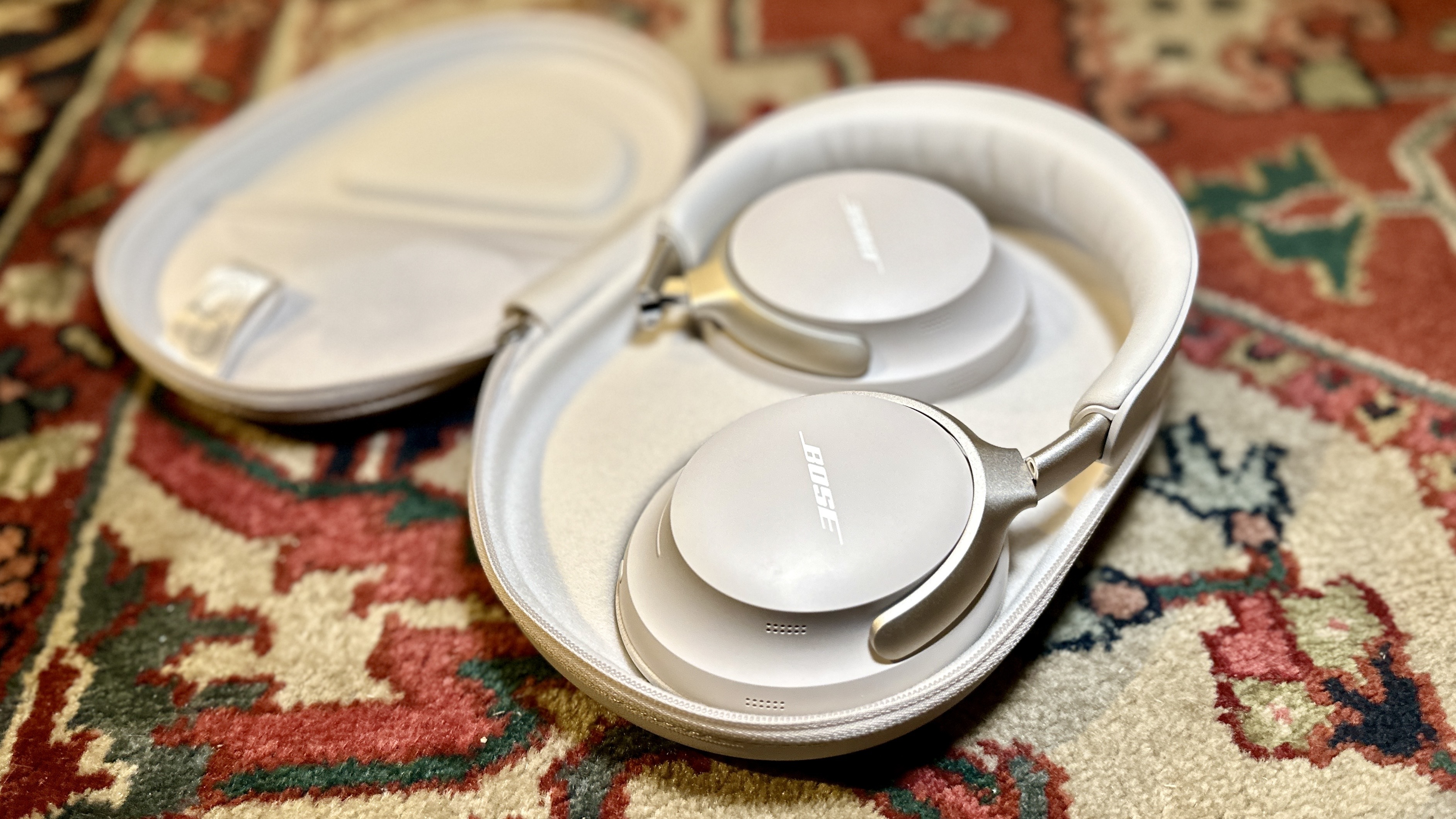
Bose, you’re not immune. Your current lineup isn’t terribly named. The QuietComfort Ultra headphones and Earbuds are obviously at the top of the product line, while the QuietComfort headphones and earbuds are the cheaper option. Good.
The issue is that you can still buy old models of the top-of-the-range models in some places, and they lack the Ultra moniker, despite looking the same. The QuietComfort headphones look identical to the older QC45, and you can still sometimes find the NC-700 headphones in some places. Look, you’re trying to do better, but there’s still confusion to be found here.
Bowers & Wilkins
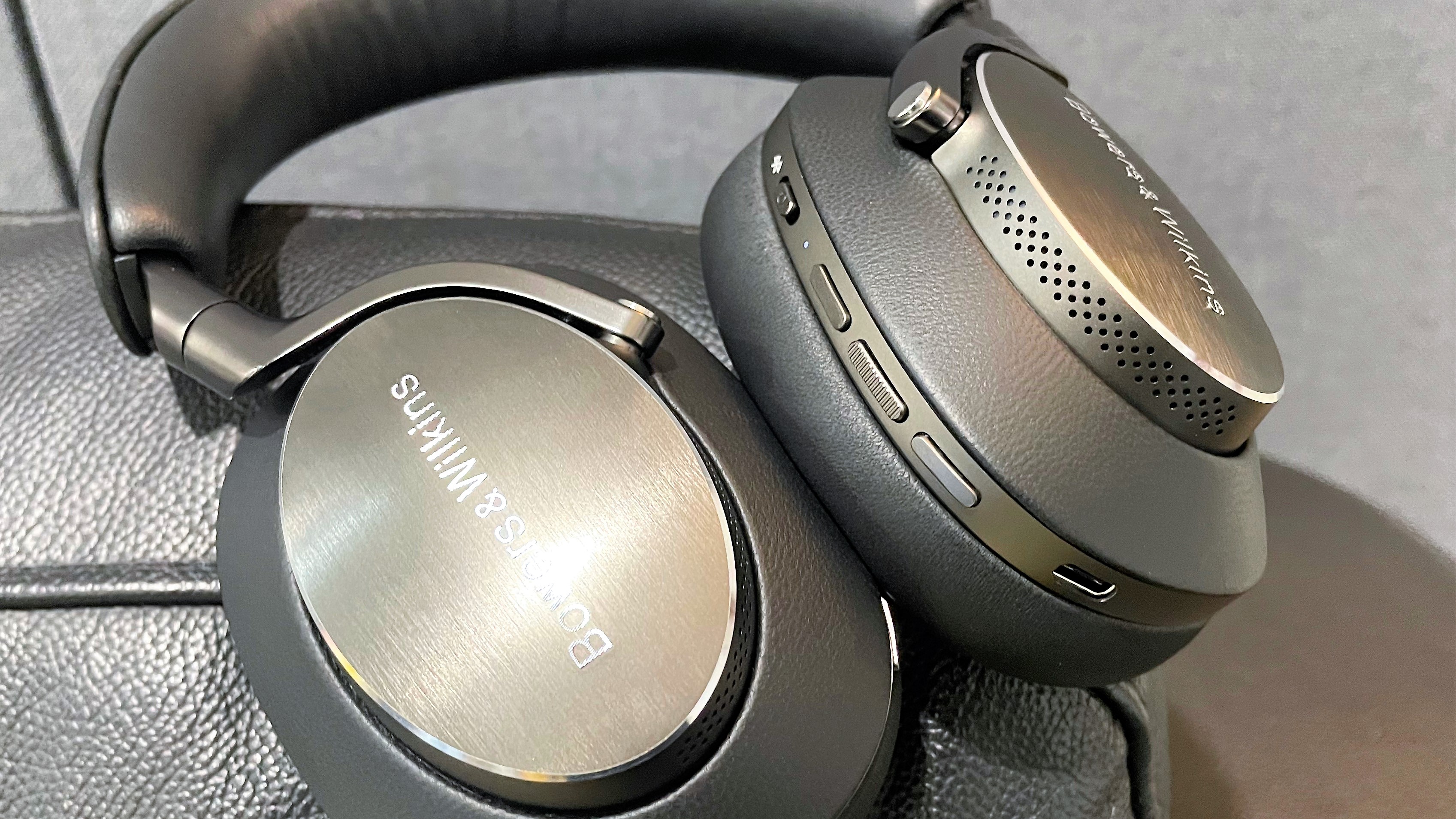
Bowers & Wilkins! You’re not getting off scott free. I love your headphones, but the naming is getting… interesting. Before I knew the ins and outs of the B&W headphones line, I thought that the Px8 was the successor to the Px7—but no. The Px7 is its own product line, with sequels and new models.
Similarly, the Px8 is now a product line, with successors to the throne. There’s the Px7 S2 and Px7 S3, although there was a Px7 S2e (an ‘evolution’ to the line) in between. Similarly, there’s going to be a Px8 S2 at some point.
Then there are the buds. The Pi8 — the top of the range buds, makes sense — and the cheaper option are called the… Pi6? Not the Pi7, following the headphones? Don’t worry, though, there aren’t any S2 or S3 models here. Yet.
It gets worse
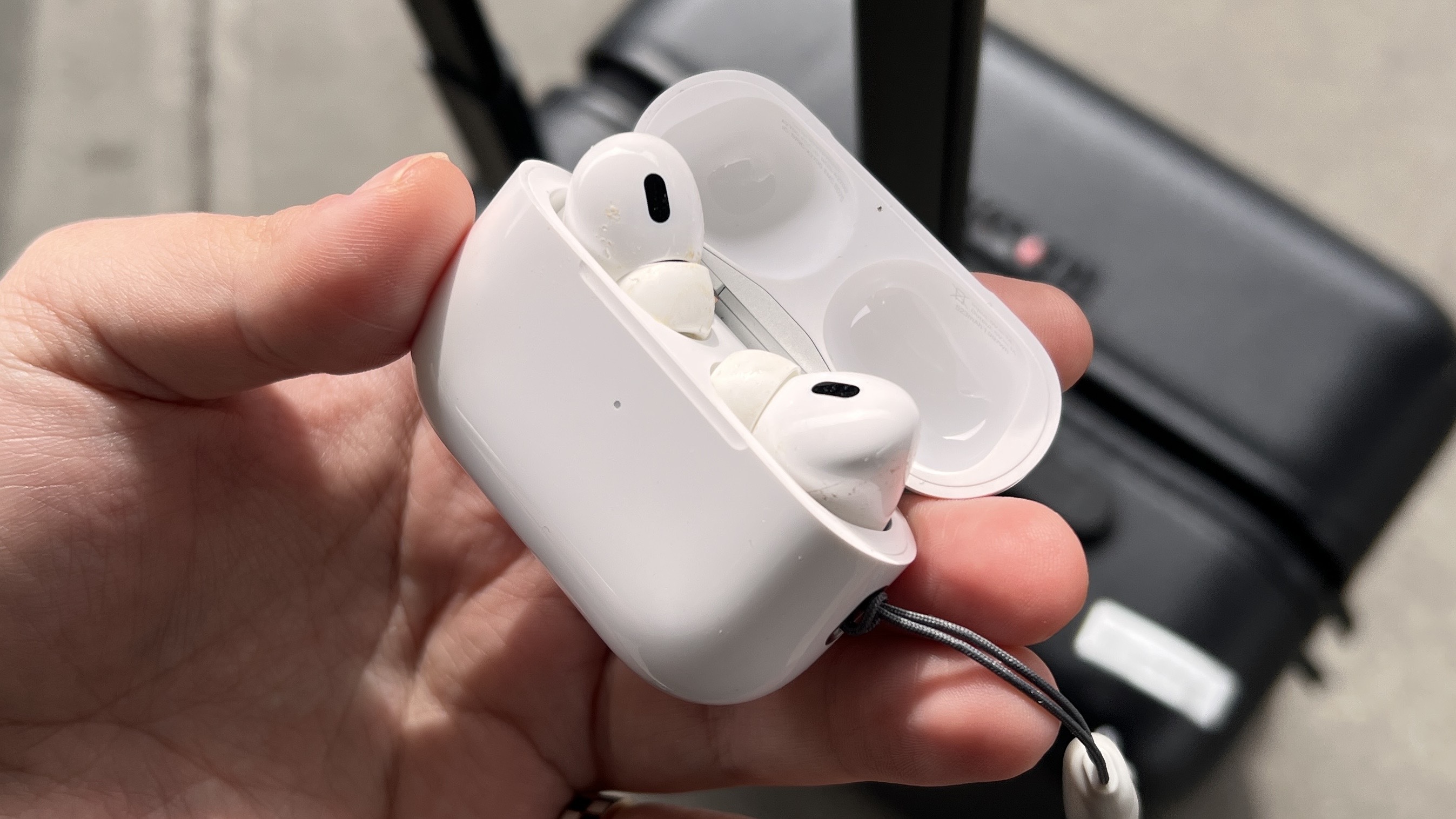
And what’s with all the Pros? And why does it appear in different parts of the name? Apple AirPods Pro 2. Samsung Galaxy Buds 3 Pro. Am I going to be using these buds in a professional recording studio? I don’t think so – it generally just means ‘these are the best ones.’ But why.
If you’re shopping for just a pair of Sony headphones, you could probably work out the names, feature sets and price points on your own and choose the right pair for you. The same for all the big brands, I’d imagine, is true. In a vacuum, the naming conventions in some way work so that you can tell them apart.
But, when you are shopping amongst all the brands (and there are more with different naming conventions, like Apple, Sennheiser, and Samsung), it soon becomes a murky mire of names, price points, and feature sets. Choosing headphones is not easy at the best of times, and working out what you want when you can’t decode endless product codes and names isn’t helping matters at all.
Help is at hand
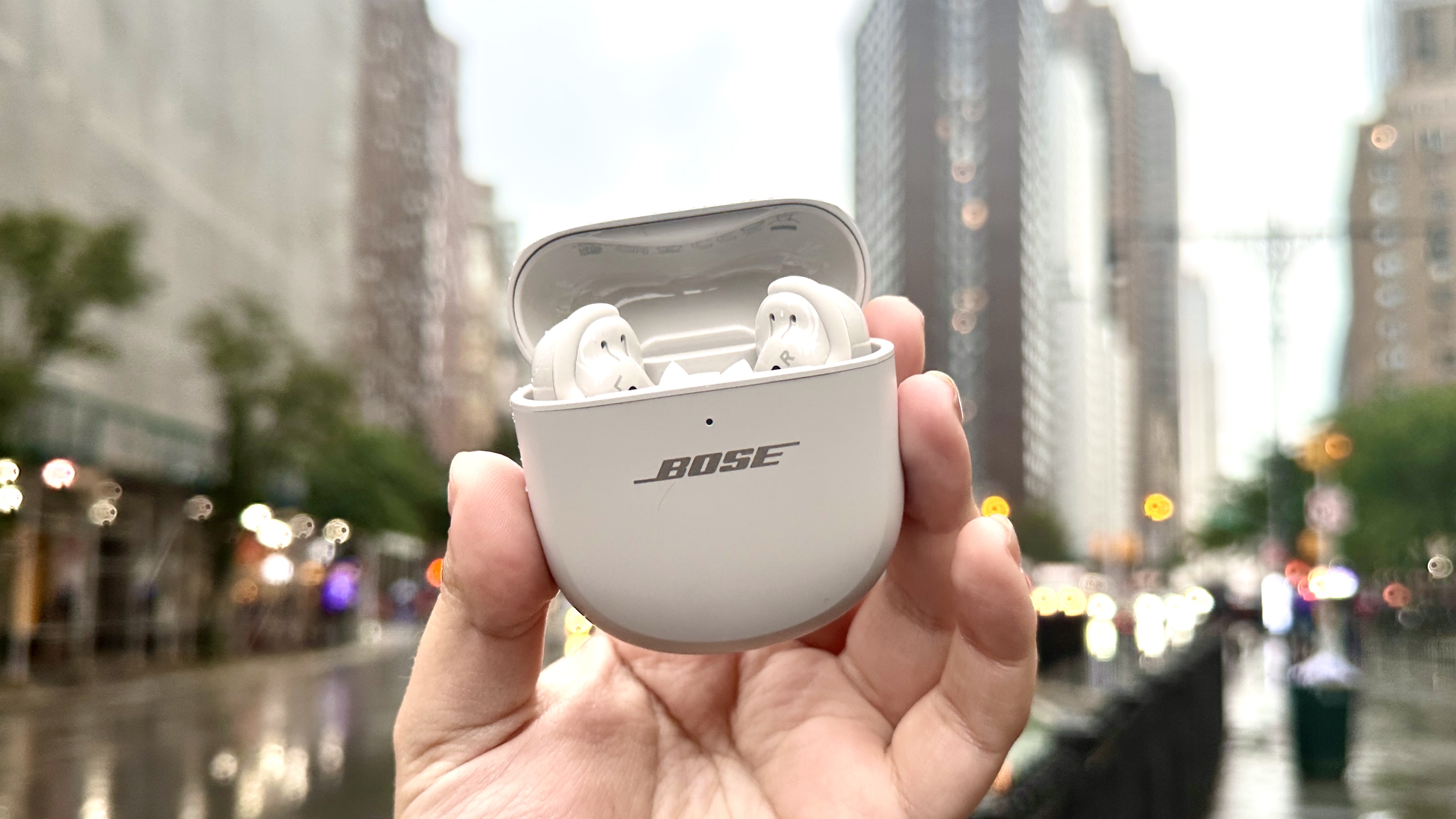
What can be done to solve the issue? I mean, some form of uniform naming convention would be nice, like what Bose is trying to do, but even then, it would get confusing if they’re named too close to older models. As far as I’m concerned, it’s an issue that’s inherent to a long-running and well-filled product category — one that’s not going to go away.
At least it's not as bad as it is for laptops and computers. I’m sorry, computing team — you guys have it rough.
.png)












 English (US) ·
English (US) ·